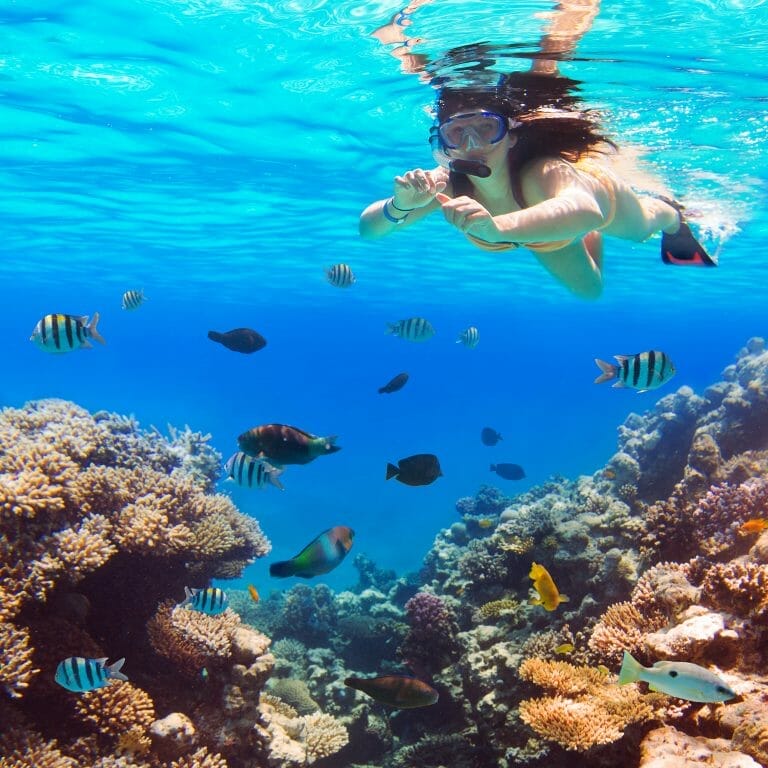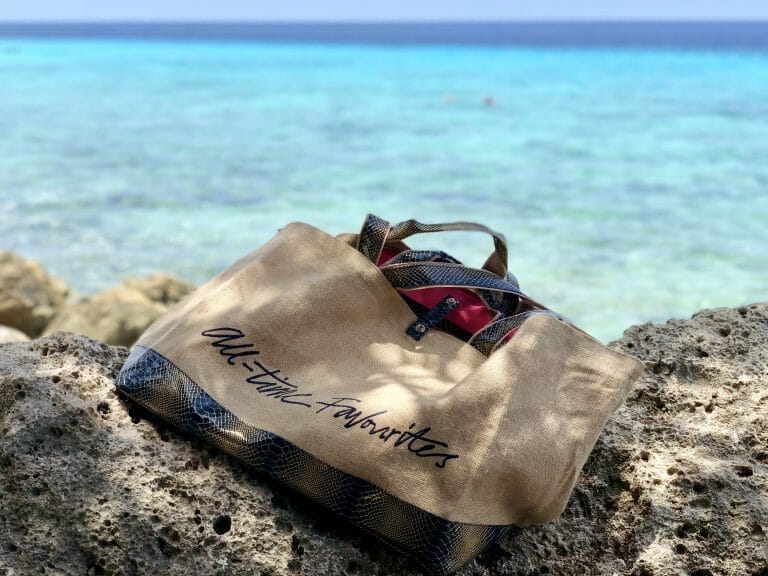The Avila Beach Hotel is deeply committed to preserving and restoring the natural beauty of Curacao’s reefs. As a proud sponsor of the Reef Renewal Foundation Curacao (RRFC), Avila is actively involved in coral restoration efforts aimed at conserving endangered coral species. This article highlights the process of nurturing and transplanting coral fragments from Avila’s coral nursery to the house reef, contributing to the health and sustainability of the coral reef ecosystem.
The Importance of Coral Restoration
The coral reef is vital to marine life, providing shelter, food, and breeding grounds for a wide variety of species. However, due to disease, climate change, and other stressors, coral reef populations have been drastically declining. Staghorn coral (Acropora cervicornis), the species RRFC focuses on restoring, has seen a decline of more than 90% in Caribbean reefs. By restoring this coral reef species, RRFC aims to contribute to the health and resilience of coral reef ecosystems in the region.
Stage 1: Coral Fragment Collection
The restoration process begins with collecting small fragments of staghorn coral from the healthiest colonies growing along the southern coast of Curacao. These fragments, typically about 10 cm in size, are carefully selected to ensure they have the potential to grow and regenerate. Once collected, these fragments are transported to the coral nursery located off the house reef at Avila Beach Hotel. This coral nursery, maintained by RRFC, serves as a safe and controlled environment for the coral fragments to grow before being outplanted back onto the reef.
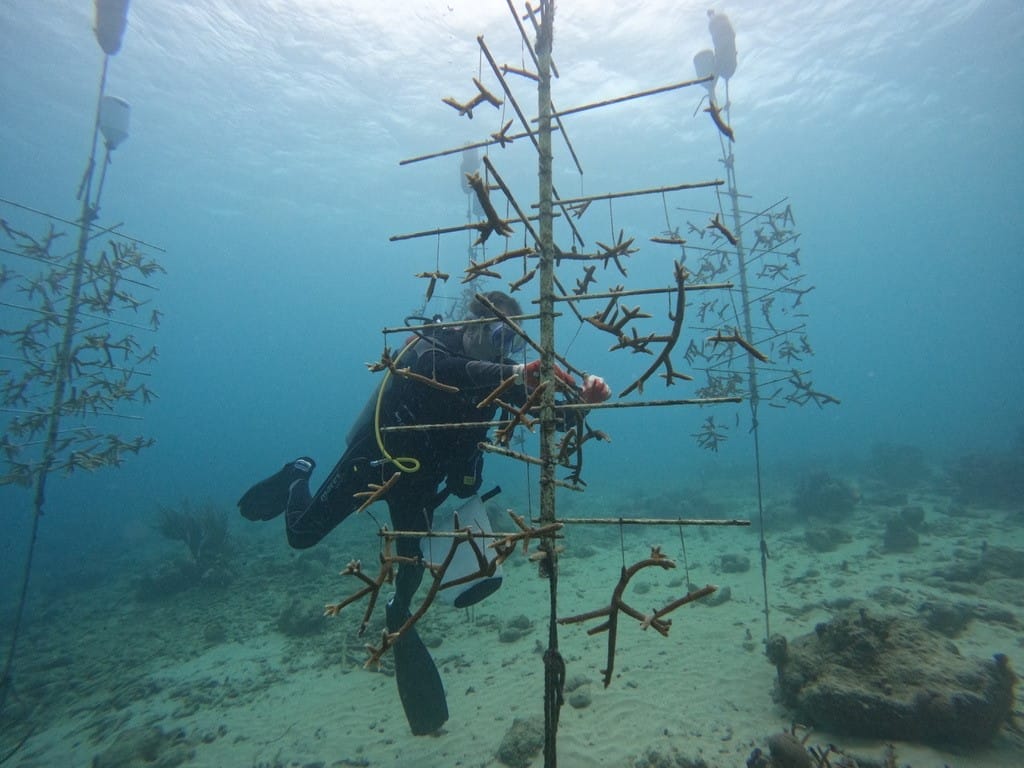
You Might Also Like:
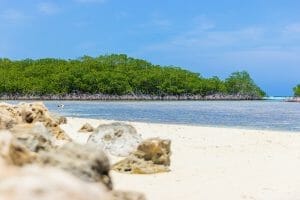
What is sustainability, and how can I travel sustainably?
Stage 2: Growing Coral Fragments
The coral nursery consists of PVC and fiberglass "trees" anchored to moorings and suspended in mid-water using floats. These structures are ideal for coral growth, providing a stable environment for the fragments to develop new arms and grow. Over the course of a year, these small coral fragments can grow up to 90–160 cm, depending on the genotype, becoming large enough to be transplanted onto the coral reef.
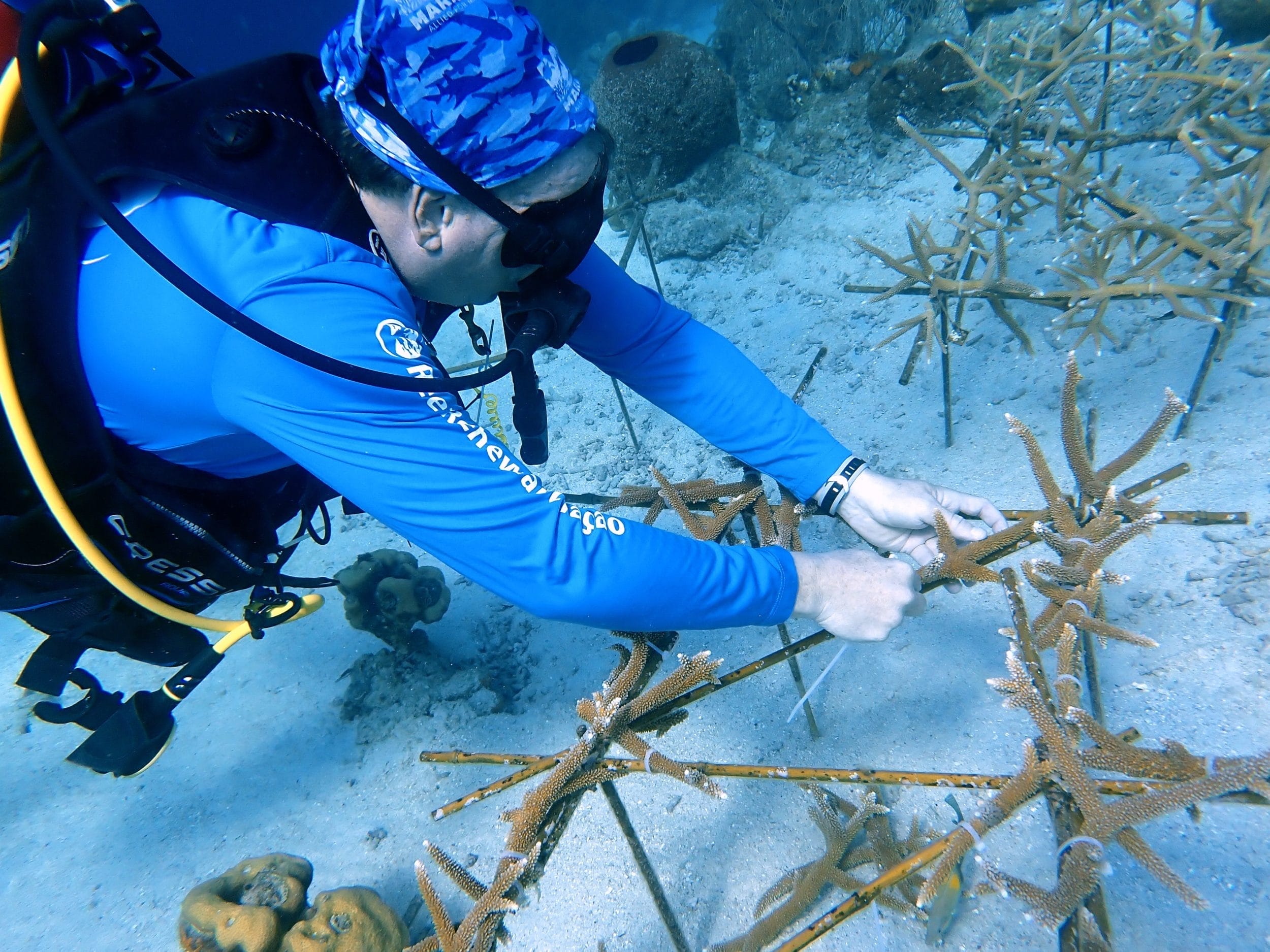
Stage 3: Outplanting onto Bamboo Structures
Once the coral reaches a size similar to a dinner plate, it is carefully removed from the coral nursery and attached to bamboo structures. These structures are placed near the coral reef, where the corals continue to grow. The bamboo keeps the corals off the sand and protects them from predators, allowing them to form a healthy thicket with other outplanted corals of the same genotype. The bamboo structure is designed to eventually erode over time, allowing the coral thicket to fall into the sand, where it anchors itself to the sea floor, creating a self-sustaining coral reef colony.
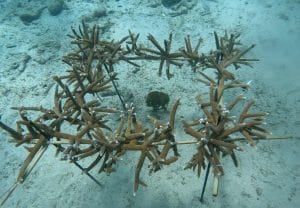
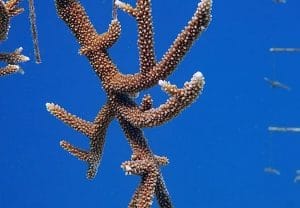
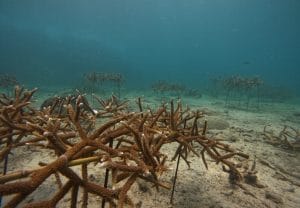
Stage 4: Monitoring and Maintenance the Coral Nursery
RRFC’s dedicated team performs regular maintenance and monitoring of the coral nursery and outplanted corals. Monthly dives are conducted to remove coral predators and ensure that the corals are healthy and thriving. Over the years, more than 1,800 coral colonies have been successfully out planted onto the coral reef in front of the Avila Beach Hotel.
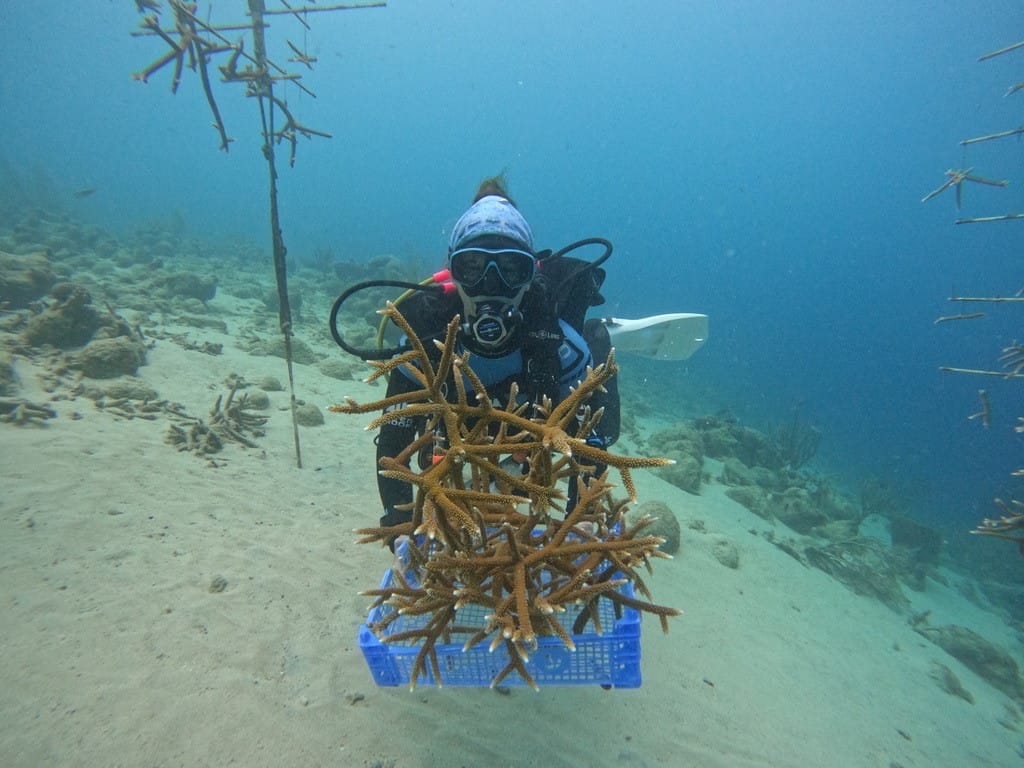
You Might Also Like:
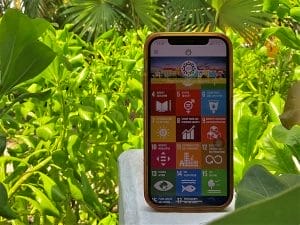
Exploring Sustainability in Curacao with Club17 SDG Curacao Tracker App
Stage 5: Long-Term Impact and Future Efforts Coral Reef
Avila Beach Hotel is incredibly proud of its contribution to coral restoration on Curacao’s coral reefs. Our continuing partnership with RRFC demonstrates that the hotel’s commitment to the preservation and expansion of these vital ecosystems. RRFC is also working to restore other endangered coral species using improved techniques and innovative methods to ensure the long-term health of the island’s coral reef. We are excited about the future of coral restoration and look forward to the continued partnership with RRFC as we work together to enhance the resilience of Curacao’s marine life.
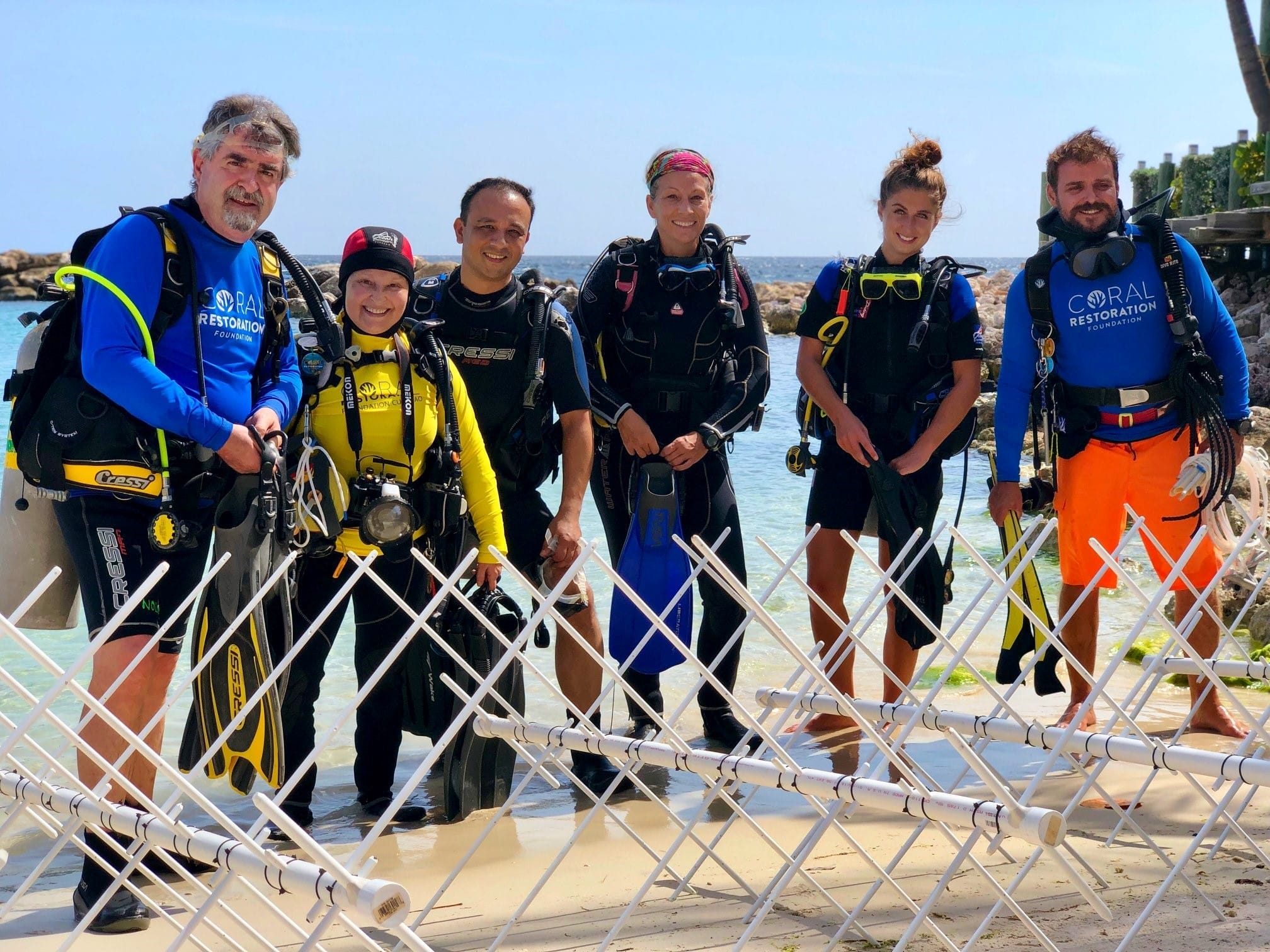
Conclusion
By sponsoring and supporting the efforts of the Reef Renewal Foundation Curacao, the Avila Beach Hotel is proud to be a part of the global movement to restore coral reefs and protect marine biodiversity. Through efforts like the restoration of staghorn coral, we hope to inspire others to take action and contribute to the conservation of the ocean's natural wonders.

